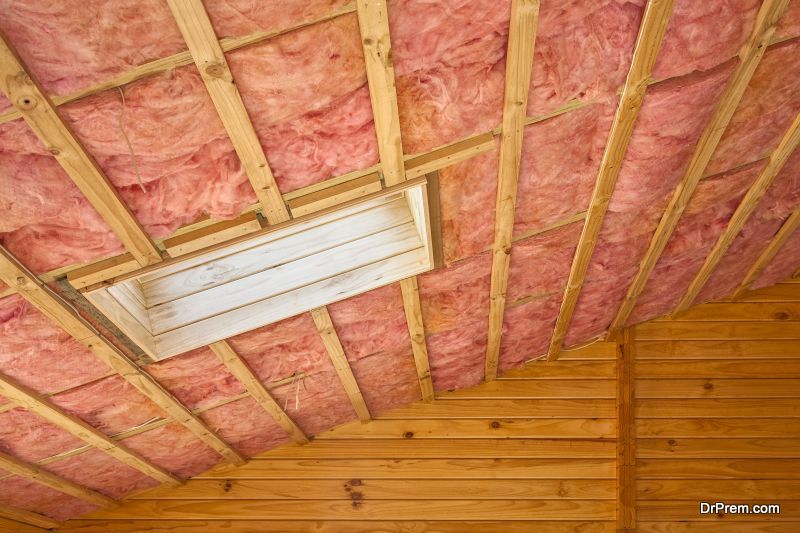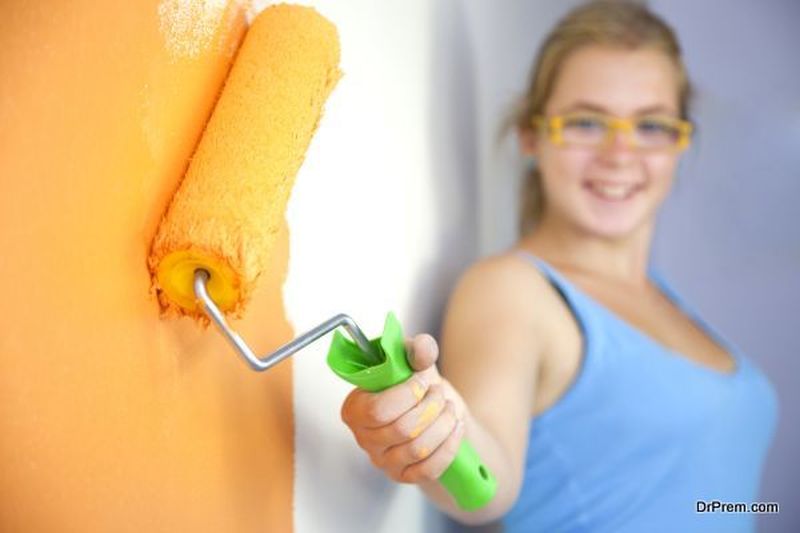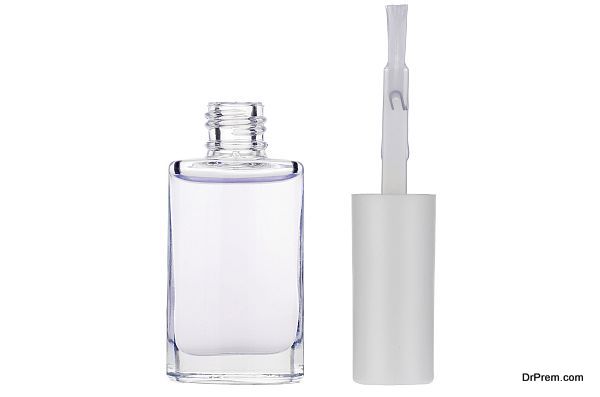Green homes are slowly becoming the norm rather than the exception. Having a green home is not only beneficial to the environment, but it cuts down on energy expenses too. Homes which have integrated green features consume much less fossil fuels, use sustainable materials, and have a much less carbon footprint. As a homeowner, you should be aware of certain features which can be incorporated easily during construction, which will enable you to get LEED certification, thus increasing the value of your home. The growing availability of certified DIY products also helps to upgrade the green quotient of your existing home.
So how do you start going green
By making a few simple changes you can have a greener home. Here’s a checklist of a few green options for your home:
Insulation

A home which is well-insulated can help to reduce your heating and cooling bills. Start by sealing all air leaks in your home which can let out heat or let in the cold. Choose certified materials for recycled content that give an assurance for both air quality and insulation.
Carpets
Select carpets which are not treated chemically and made using natural fibres, and adhere to sustainable carpet standards. Use carpets that are made by reusing or reclaiming the materials at the end of their life cycle.
Bathrooms and kitchens

You can make your bathrooms and kitchens more eco friendly by using wood or any other material which is formaldehyde free, such as agrifiber boards, bamboo and FSC certified plyboards etc. For countertops, you can buy beautiful scrap stone from stone and marble dealers, which will be cheaper and reduce waste as well. Installing low flow toilets and faucets in bathrooms and kitchens will conserve water.
Flooring
Rubber, cork, vinyl, bamboo, reclaimed wood, ceramic and stone are eco friendly flooring options. FSC certified wood is your best bet if you want to buy wood which is genuinely sustainable. Linoleum, which is made using recycled materials, is a good eco friendly floor option.
Paints

Paints have evolved to a great extent, and many companies offer vibrant colours, coverage, durability etc but without chemicals, added solvents or any harmful odours. You can check if the paint of your choice has been certified for indoor air quality.
Doors and windows
Installing the right doors and windows made from sustainable or recycled materials can reduce your energy bill by quite a bit. You can retrofit storm windows on your existing windows to improve thermal insulation as well as soundproofing.
Plant trees

Planting a lot of trees and filling your outdoors and indoors with a lot of greenery can help to keep your home cool and improve the air quality in and around your home.
Reduce, control electricity usage
The golden rule to save electricity in your home is to switch off any electrical appliance, TVs, lights and fans etc when not in use. Replace the most used light sources with energy efficient lightbulbs. Using power strips for your electronics, and turning back the thermostat by 7-10 degrees for at least eight hours every day, will conserve energy. Insulating your water heater tanks will considerably reduce your water heating bill.
As more and more people are becoming eco conscious, they are paying more for homes which are eco friendly. Thus, a green home not only makes you eco friendly but also increases the financial value of your home. You can make simple or elaborate changes according to your budget, but you will always have a good return on your investment.



